Most homeowners rely on rainfall, at least to some extent, to keep their lawns green and healthy. It’s common to go through dry spells when less rain falls, but what about those times when dry spells turn into actual droughts?
According to the National Weather Service, a drought is a prolonged period of little to no rainfall that causes a water supply shortage and affects crops. How severe the drought is depends on a number of factors, including the duration, how widespread the drought is, and the actual water deficiency. A few as two weeks without rain can cause a drought, especially in areas that tend to be more dry to begin with.
In terms of your lawn, you can often protect the grass during dry periods by watering it yourself. However, many areas limit water usage during prolonged droughts. You might be restricted to only watering your lawn on designated days or during certain hours, or prohibited from watering it at all until the water supply is replenished. It’s these periods of restricted water usage that can lead to damage in your yard, even causing the grass to die.
You don’t have to let this happen, though. While even yards that are maintained by professional lawn services are likely to show some effects from the drought, you can limit the damage with some TLC and proper watering techniques.
Why You Should Stop Watering Your Grass
If your area is starting to experience drought conditions, you might be tempted to water the grass as much as you’re able. However, that could do more harm than good.
Most lawns go through a short dormant stage, especially during hot, dry weather. It might look brown and dead, but it will turn green and healthy again as soon as it rains. If you continue watering your lawn even as the drought starts to gain momentum, you might prevent the lawn from entering its dormant period. By allowing the grass to go dormant at the start of the drought, though, you actually give it a better chance of making a full recovery when the rain starts falling again.
What to Do When You Can’t Water the Grass
When water is scarce, the best thing you can do for your lawn is to make it as easy as possible for the soil to collect and retain moisture. If the soil is dry and packed down, any water you do give it or that happens to fall from the sky isn’t going to reach the grass roots, where it’s most needed. Instead it’s likely to moisten the top layer of dirt, and roll off the hardened earth,
To make it easier for water to reach the roots, perform a few simple lawn tasks at the beginning of the drought.
- Dethatch. Raking or using a de-thatcher to remove the accumulated dead matter, like clippings and leaves, allows water to reach the soil. Under normal circumstances, water would flow through the thatch, but when hydration is at a premium, you don’t want anything to block or collect water and keep it from reaching the roots.
- Aerate. Use an aerator to put small holes in the earth, breaking up compacted soil. This allows moisture to penetrate deeper into the soil.
- Continue mowing. Until the grass goes dormant and stops growing, keep mowing it as needed. Don’t cut too much; leave the grass at least three inches high. Keep your blades sharp to protect the grass from burning, and leave the clippings behind to add more moisture to the soil.
Taking care of these tasks early on can go a long way toward protecting your lawn during the drought. The grass might not look great, but rest assured that it will come back as soon as the drought ends.
Recovering from the Drought
When the drought ends, maintain your lawn will likely recover on its own in time. To help it along, water the grass deeply and thoroughly. Water early in the morning so the moisture doesn’t immediately evaporate, and let the sprinklers run for up to 60 minutes at a time.
The performance of your sprinkler system plays an important role in the recovery of your lawn. Ideally, the irrigation system should provide for efficient and even distribution of water to save money and the precious resource itself. This way, the lawn looks greener and healthier. Check out how these rotor sprinklers can help care for and revive your lawn after the drought.
Returning to maintain your lawn care routine will also help restore your grass. Keeping mowing, and consider feeding the grass after watering it regularly for about two weeks. Avoid high-nitrogen fertilizers that could burn the lawn if the dry weather returns.
If droughts are an ongoing problem in your area, then consider downsizing maintain your lawn by putting in some hardscaping or xeriscaping to reduce the damage and water needs. Planting drought tolerant varieties of grass can also prevent extensive damage, and save you the worry when dry weather takes over.















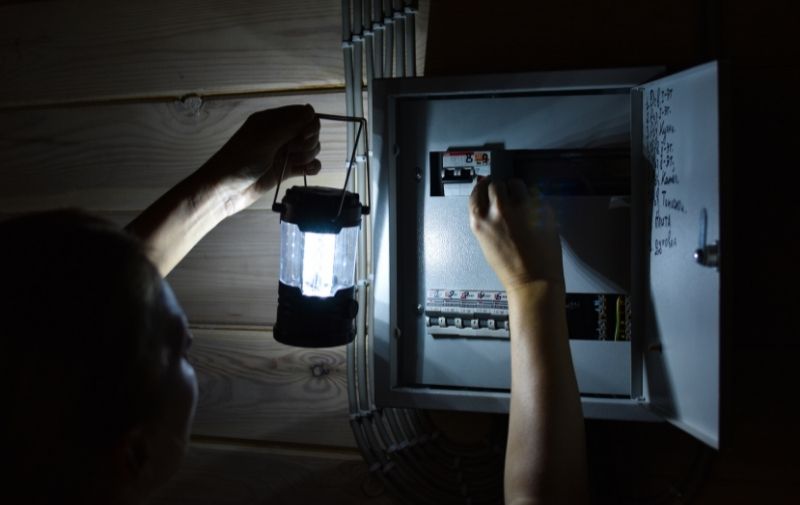

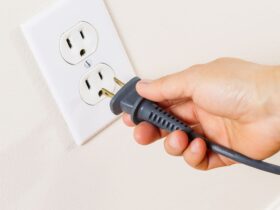
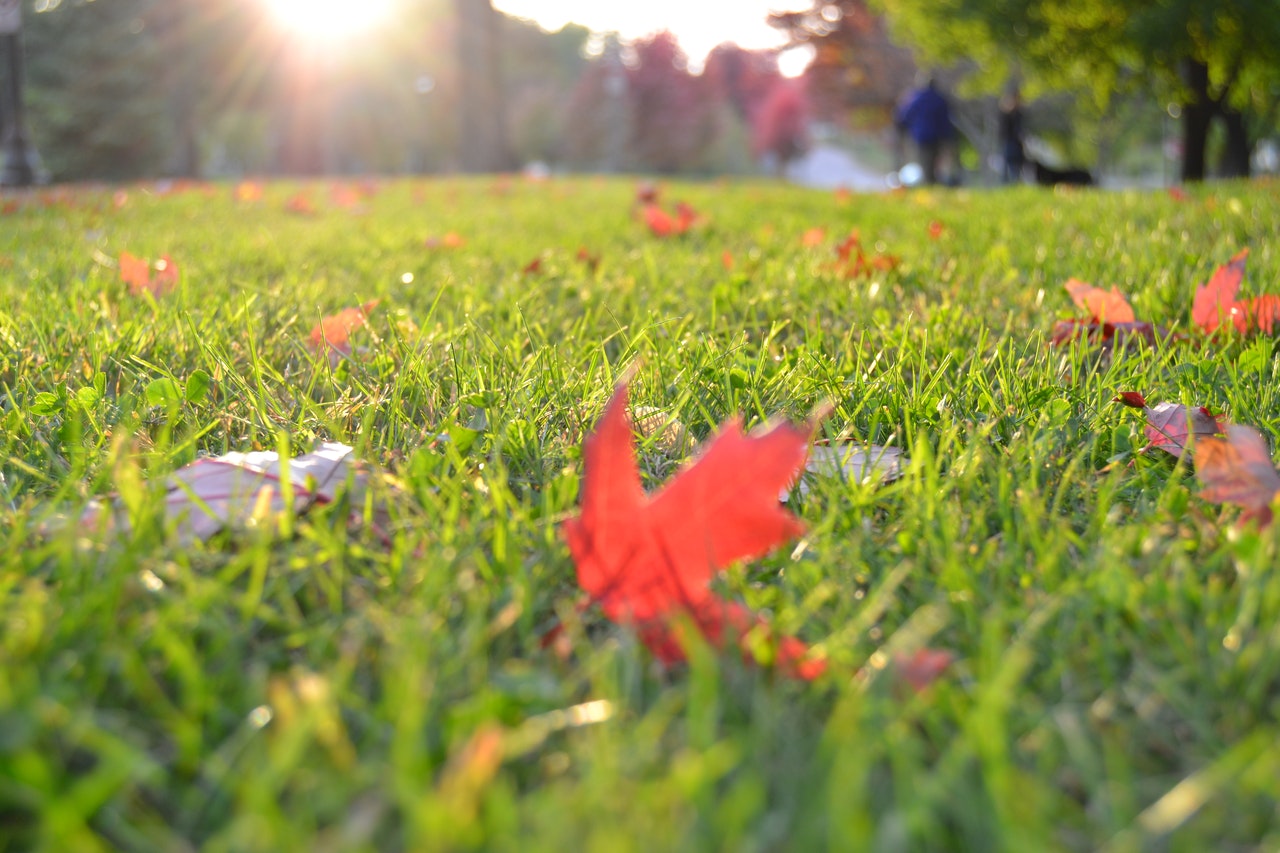
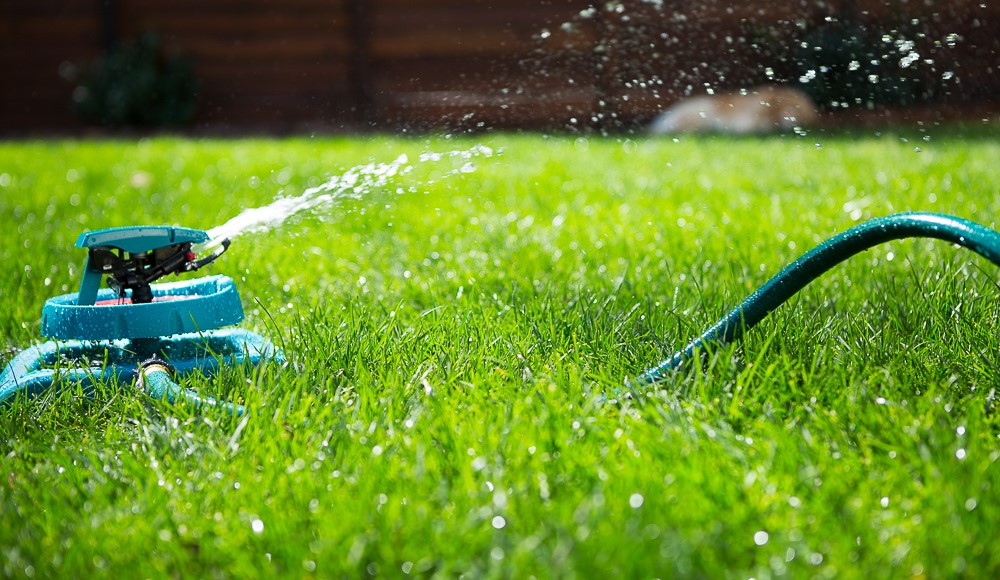



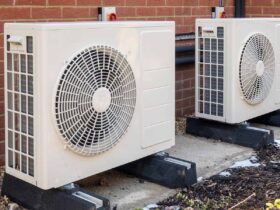
Leave a Reply